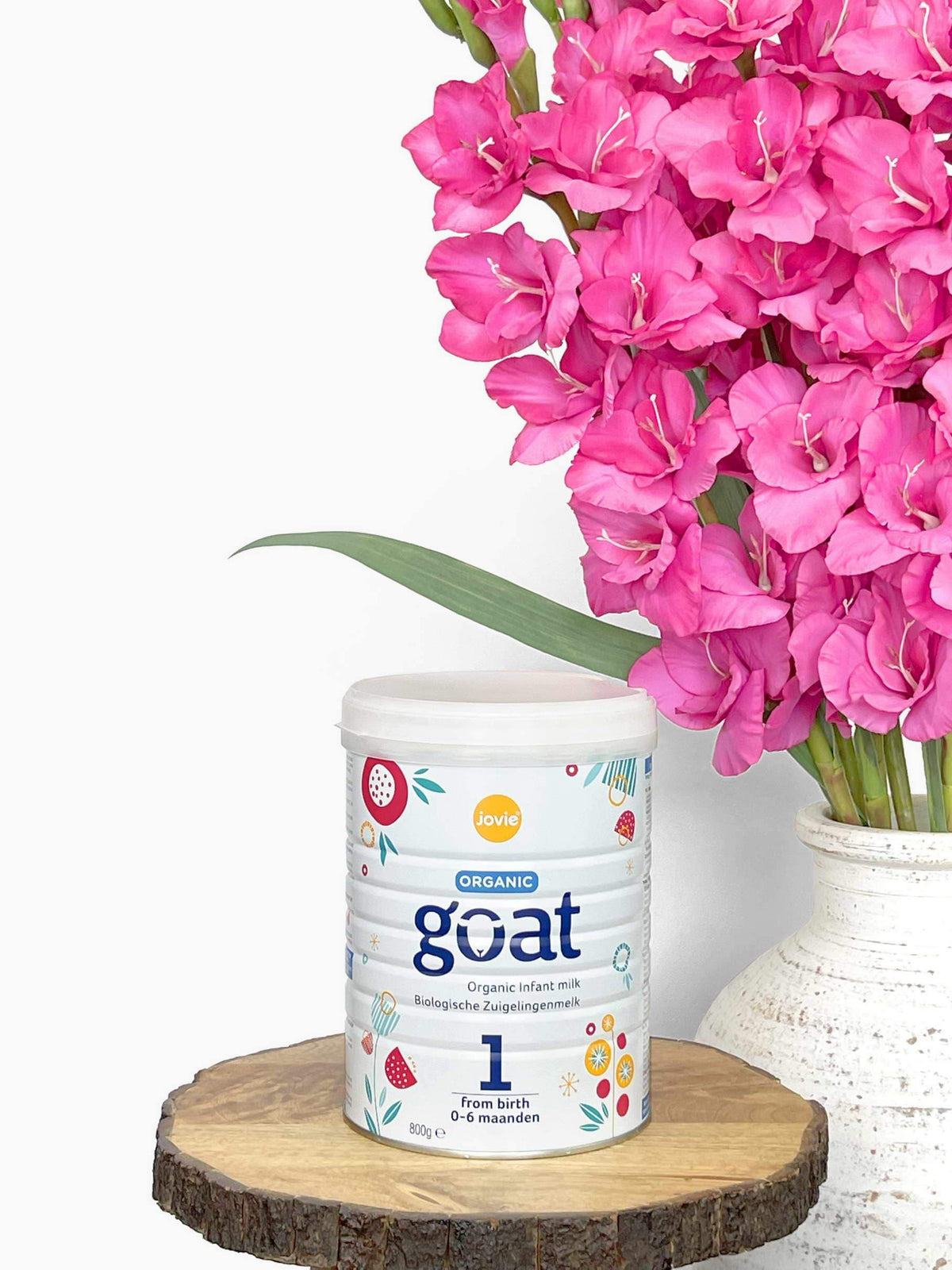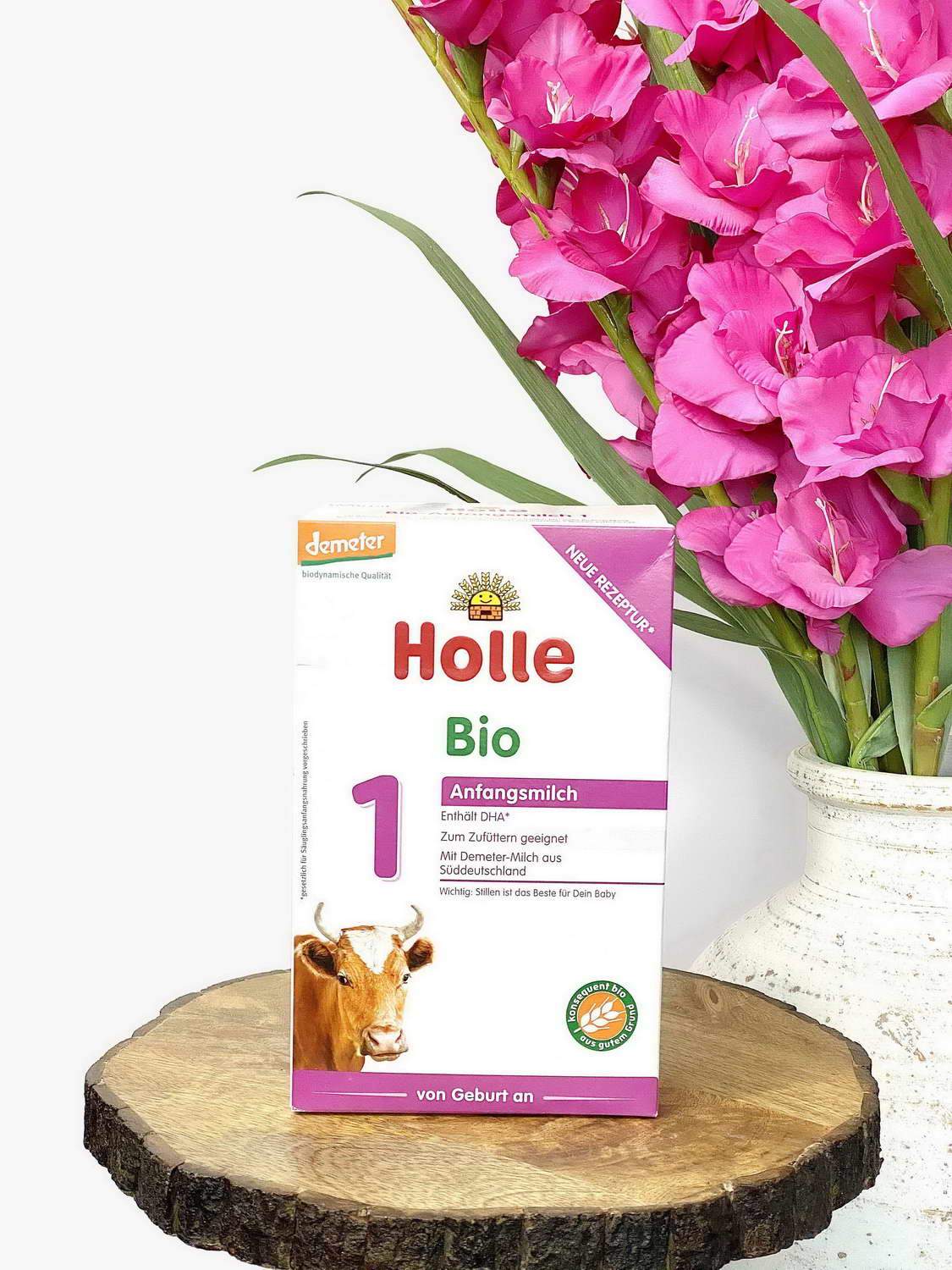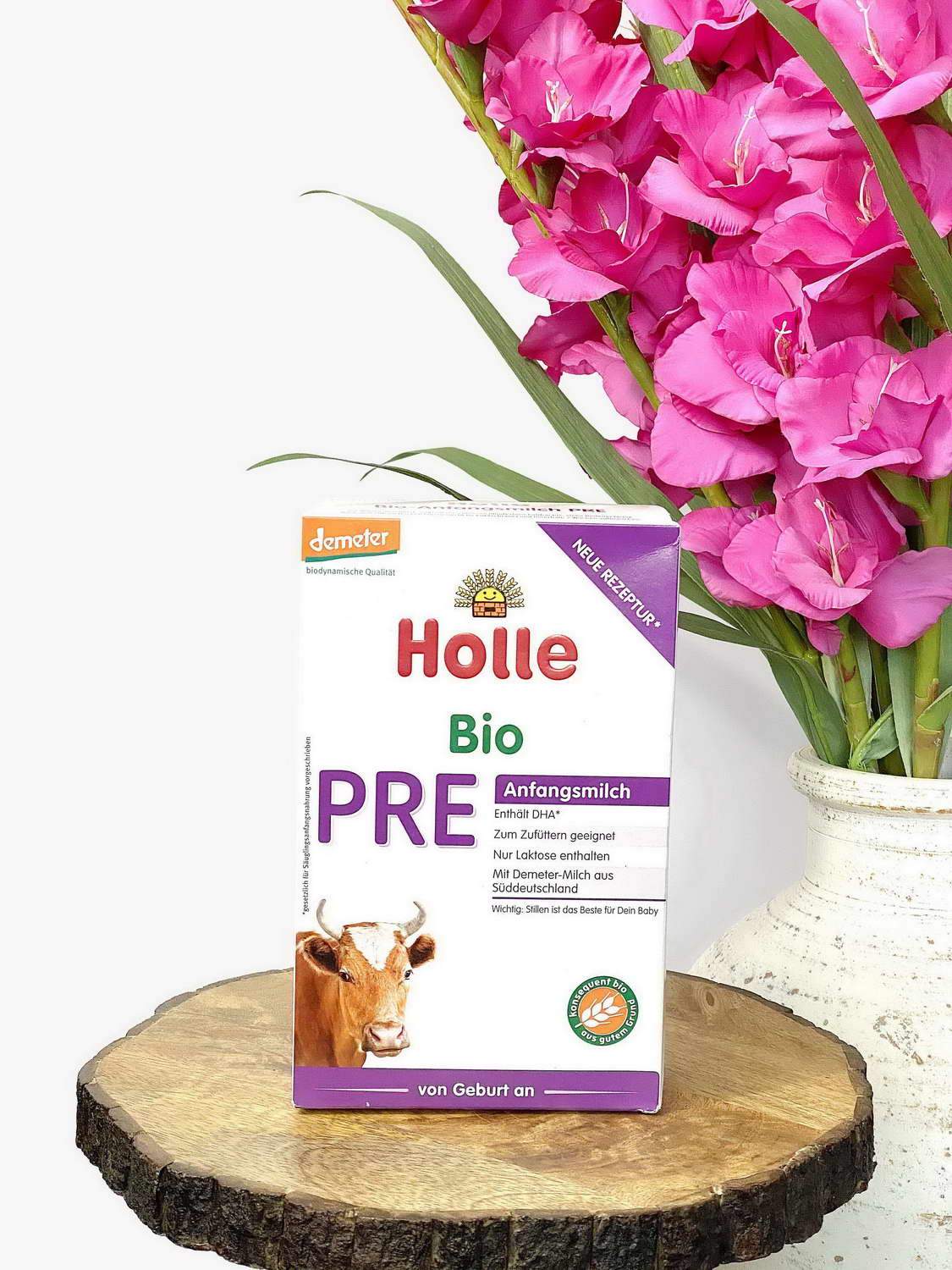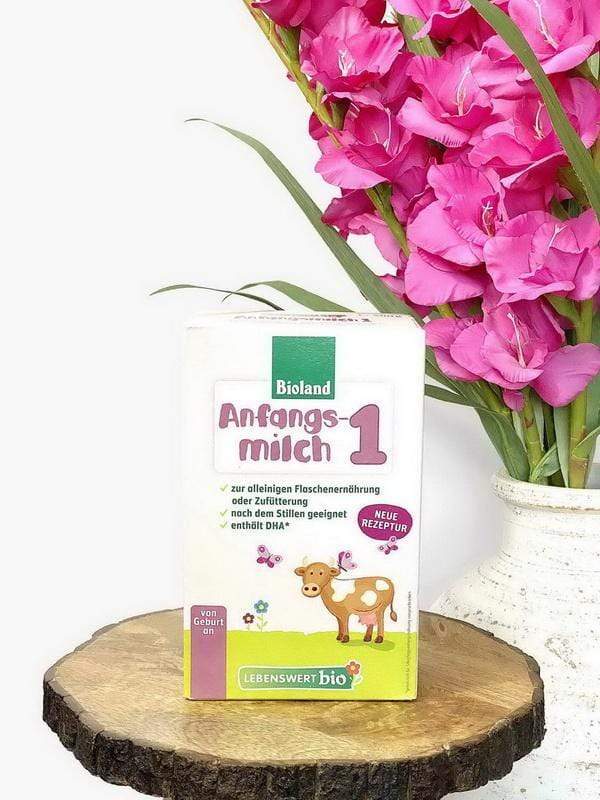Updated Feb.2023
If you are wondering when is a good time to introduce a cup to your little one, the answer is probably now, and this can be a significant milestone.
Some babies learn to use a sippy cup quickly, while others may need some encouragement and a little more practice. Here’s what to know about when to introduce a sippy cup and a few tips to help them master this new skill.
Table of Contents
- When Should My Baby Start to Use a Sippy Cup?
- What Kind of Sippy Cup Should I Buy?
- Transitioning From Bottle to Open Cup
- What Should I Put in My Baby’s Sippy Cup?
- How Do I Introduce a Sippy Cup to My Baby?
- My Baby Won’t Use a Sippy Cup—What Should I Do?
- Introducing a Sippy Cup
- Frequently Asked Questions
When Should My Baby Start to Use a Sippy Cup?
When you are ready to introduce a cup as an alternative to the breast or bottle, there are advantages to cup training earlier rather than later.
Introducing a natural cup as soon as your little one can sit up helps your older baby or toddler gain mastery over their mouth muscles while fostering fine motor skills and coordination.
This learning time also lets little ones know there are other ways to find their favorite European formula, breast milk, or even refreshing water when appropriate.
Letting your little one know there are alternatives will make weaning easier when the time comes and can be a helpful tool when mom isn’t available to nurse.
What Kind of Sippy Cup Should I Buy?
There are a lot of different sippy cups on the market with additional features. Handles and straws will all vary, and even some without a spout. These various design features allow for options to help babies learn to drink independently.
Spill-Proof Cup
Though not all parents choose a sippy cup with a spill-proof, it can be helpful for your little ones to learn how to drink without soaking themselves or the area around them.
Sippy Cups
Also called training cups, sippy cups come in various styles but typically feature a spout-like lid and are meant to help little ones ease from bottle to open cup, all while preventing spills. Many parents think of them as training wheels to be used for a short amount of time.
On the other hand, some experts say when babies drink from a sippy cup frequently over a prolonged period, little ones can experience tooth decay and oral motor skill delays.
Another worry that many pediatricians show concern about is nutrition. When kids carry around a sippy cup, repeatedly sucking on drinks between meals, older babies and toddlers may not be hungry for scheduled meals and feeding times.
When little ones have less appetite for daily foods, breastmilk, or formula, it can cause a deficiency in nutrition and affect growth and development.
Toddler Straw Cup
In moderation, toddler straw cups can be a great tool to help your toddler drink independently and learn self-hydration.
The American Speech-Language-Hearing Association approved a pop-up straw cup to help toddlers transition to using open-top cups.
Significant features of straw cups include minimizing dental problems and spills risk. Some pediatricians favor using straw cups over standard close-lid sippy cups when used during mealtimes only and never allowing them to become comfort objects. There are some developmental risks because your baby can successfully drink from a straw cup while still reclining and sucking, not sitting upright, or entirely tipping the cup to their mouth.
Toddler Drinking Cup
One transitioning cup that families and experts can agree supports healthy growth, and skills development is the soft open-top cup.
Teaching your older baby or toddler to drink from an open cup usually means the child sits and does not move around while drinking.
By using an open cup in a controlled environment, your little one learns to drink independently, and parents can ensure that the cup is supplementing nutrition and not overly filling.
Transitioning From a Bottle to an Open Cup
Ready to make a move to an open cup? Whether introducing an open cup as an alternative to the breast or bottle or transitioning from a sippy to an open cup, the earlier, the better.
Families that feed baby breastmilk from a bottle or use a breast milk alternative find that starting to practice with a cup as early as six months helps ensure their little one can successfully transition off the bottle around their first birthday.
From bottle to open cup allows your little one to drink from a real cup and helps your little one gain mastery over his mouth muscles while fostering his motor skills and coordination.
What Should I Put in My Baby’s Sippy Cup?
As little ones approach 12 months, families start researching the perfect nutrition to help transition to solid food. A sippy cup is an ideal vehicle to help.
Breast Milk
For breastfeeding families, there are many benefits to continuing this special bond past the first birthday. Cup-feeding is a way to provide breast milk to your little one, ready to wean from a bottle.
Cup-feeding is also sometimes used as an alternative to bottle-feeding for a baby who needs supplementation for a few days.
Toddler Milk
If your one-year-old uses formula full-time or as a supplement, parents may consider whether to use whole milk or toddler milk as a solid food supplement.
As babies' kidneys mature and can handle full-fat cow’s milk, flipping a switch is often not as easy. Babies' digestive and nutritional needs may need time before switching.
Toddler formula is for children between 9 months to 3 years old and makes for the perfect transition between infant formula and whole milk.
European Toddler Milk
Made with many all the ingredients families love in European baby formulas and avoiding toxic ingredients such as heavy metals, synthetics, soy, and non-lactose sugars found in over-the-counter American baby formulas, these toddler milks are the perfect supplement to your toddler's solid food menu.
Organic European Toddler Milks are designed with the highest standards and best quality ingredients, including organic animal milks, vitamins, minerals, and nutrients to balance your toddler’s daily nutritional needs.
How Do I Introduce a Sippy Cup to My Baby?
Just as each baby is unique, so is introducing a sippy cup. Some babies pick up a sippy cup and drink immediately without missing a beat, while others take some time to feel comfortable. Here are a few of our favorite tips to get you started.
Flexible Spout
Soft and flexible, a soft spout might feel more familiar to your little one than a hard top or straw.
Share Meal Times
Babies love interacting and being part of the family dynamic. Let your little one see you hold a cup and use your cup for daily use. Then help your little one hold the cup, put it to their mouth, and tip upwards to drink. Just this simple sharing of a meal will go a long way.
Intentional Play
In the first few introductions, your baby might play with the cup or throw it. Sit with your little one and have fun. Give your baby their sippy cup occasionally, but don’t force them to drink from it if they aren’t interested.
Put baby in the bathtub or your high chair with a colorful soft cup and a little water.
Baby’s Choice
Exploring is fun. There are a lot of different sippy cup styles and spouts. If you’re not having much luck with one kind, try another.
Consistency is Key
Once you have introduced your baby to the cup, choose the snack or meal to replace, and don’t switch back to a bottle or breast. As your baby starts to master their new cup, start changing out other times in the day.
My Baby Won’t Use a Sippy Cup—What Should I Do?
Babies have all kinds of reasons for rejecting sippy cups. Along with patients, we have some ideas that may help.
Beverage of Choice
If breastmilk or your baby’s favorite formula is unsuccessful, try offering water.
Experiment with different temperatures of water—room temperature through cold water—to see if the baby prefers one over the other.
Check the Flow
Fast or slow; sippy cups have valves that control the flow of liquid. If your baby is getting frustrated, you can choose a different speed or take the valve off altogether and see if you have more success.
Introducing a Sippy Cup
My Organic Company takes great pride in supporting your little one’s milestones with European baby formulas made with the highest quality ingredients.
From the first day through the toddler years, we have pure, organic, toxic-free baby formulas to fit every digestive and developmental need.
Frequently Asked Questions
How early is too early for sippy cups?
Once your little one starts eating solids (typically around 4-6 months of age), introduce a sippy cup filled with a few ounces of water as part of their mealtime.
Can I skip bottles and go straight to sippy cup?
What sippy cup should I start with?
There is no right or wrong answer. Finding the best transition cup your baby likes is as unique as your little one.














